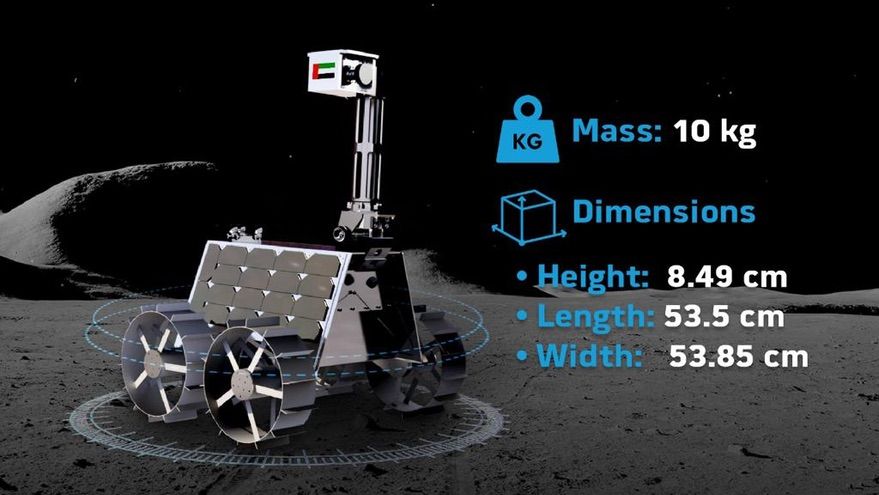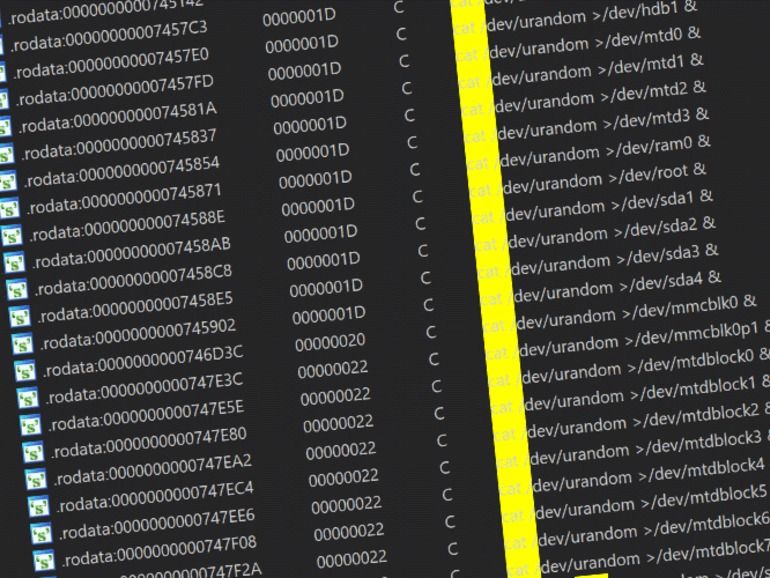French company Nawa technologies says it’s already in production on a new electrode design that can radically boost the performance of existing and future battery chemistries, delivering up to 3x the energy density, 10x the power, vastly faster charging and battery lifespans up to five times as long.
Nawa is already known for its work in the ultracapacitor market, and the company has announced that the same high-tech electrodes it uses on those ultracapacitors can be adapted for current-gen lithium-ion batteries, among others, to realize some tremendous, game-changing benefits.
It all comes down to how the active material is held in the electrode, and the route the ions in that material have to take to deliver their charge. Today’s typical activated carbon electrode is made with a mix of powders, additives and binders. Where carbon nanotubes are used, they’re typically stuck on in a jumbled, “tangled spaghetti” fashion. This gives the charge-carrying ions a random, chaotic and frequently blocked path to traverse on their way to the current collector under load.






